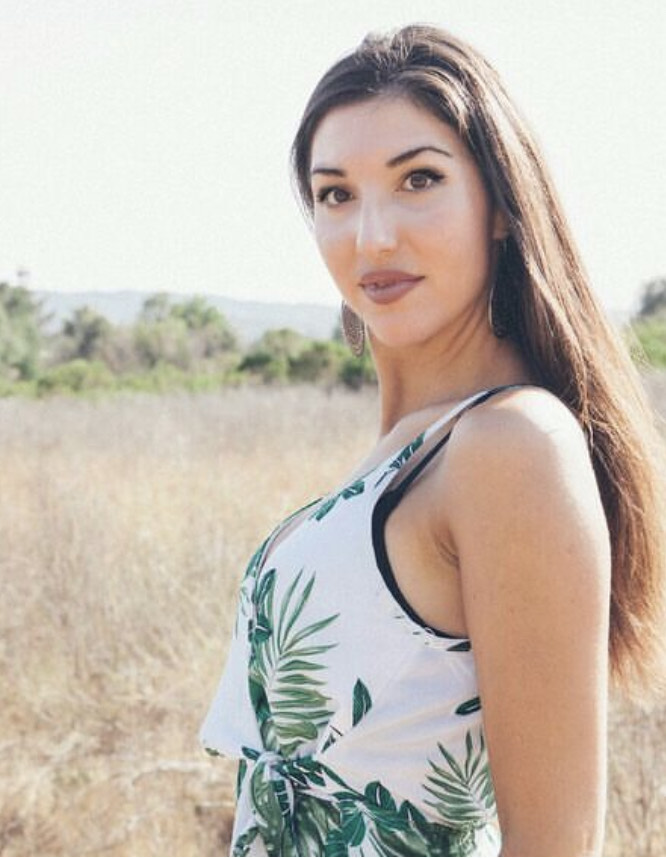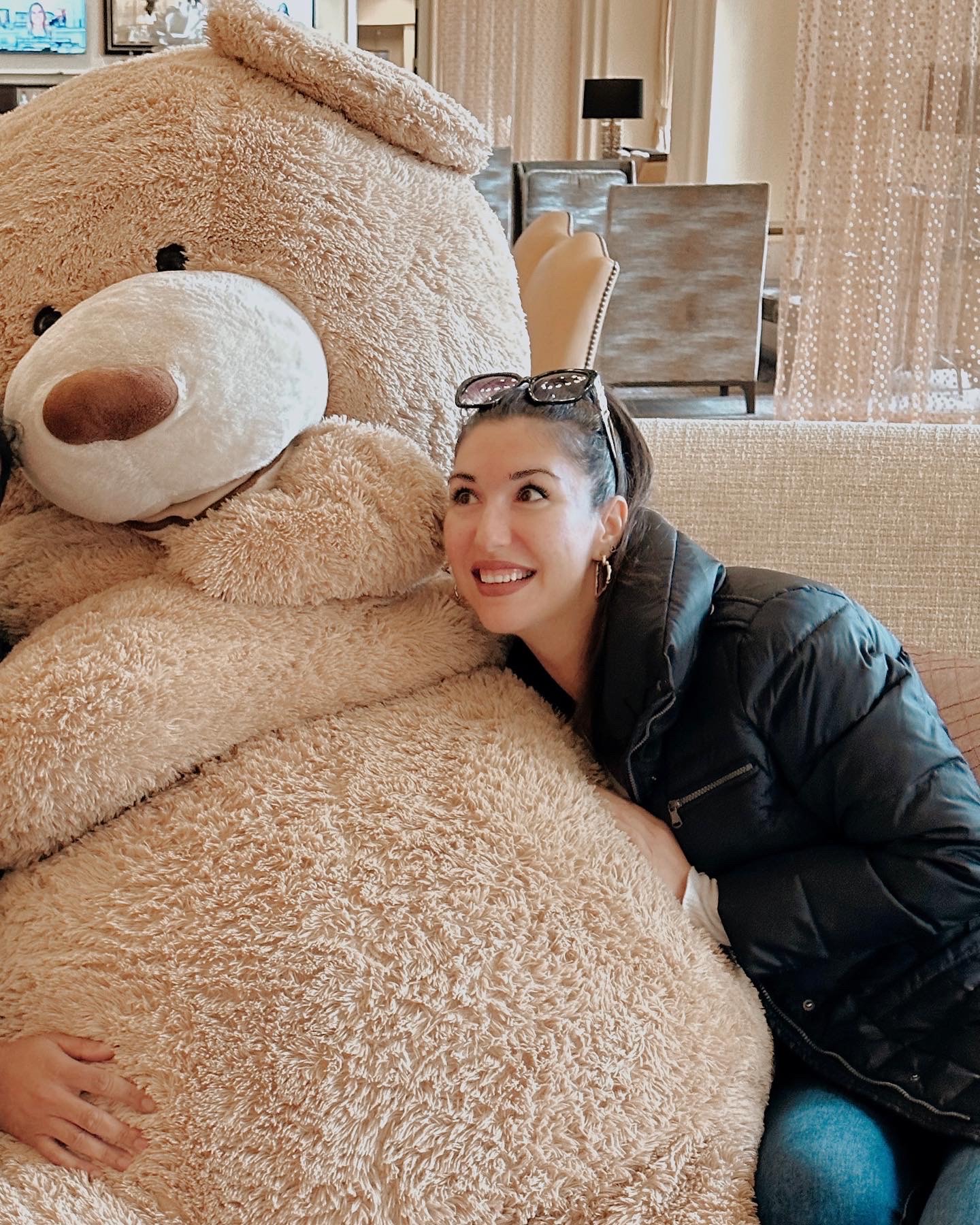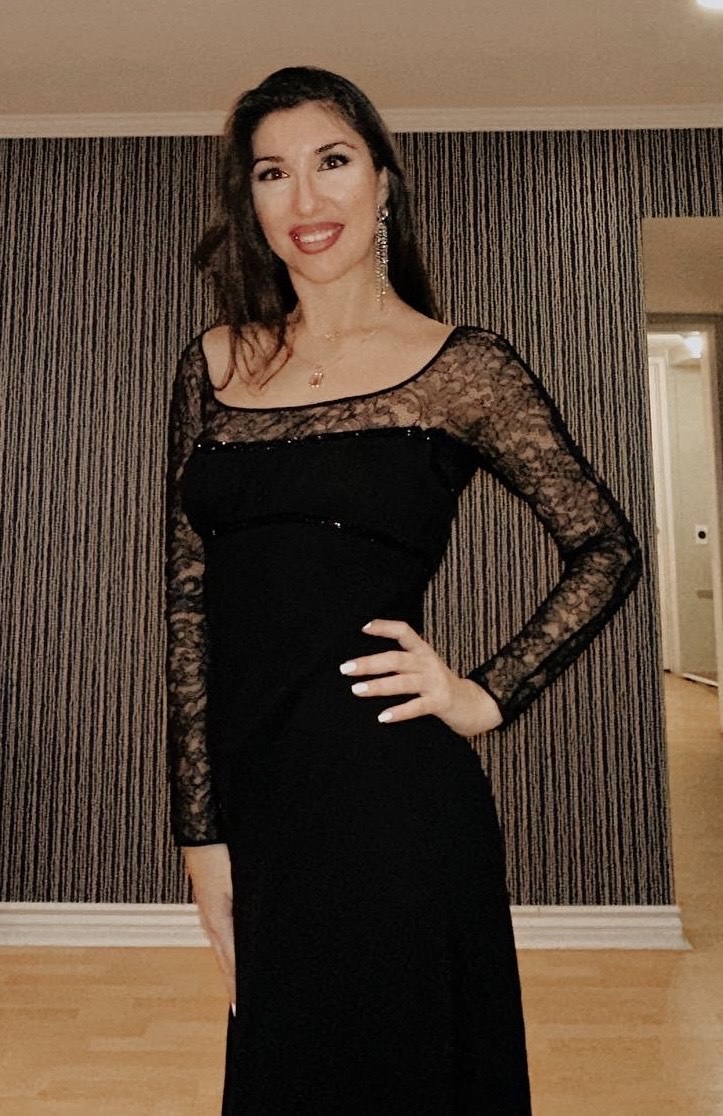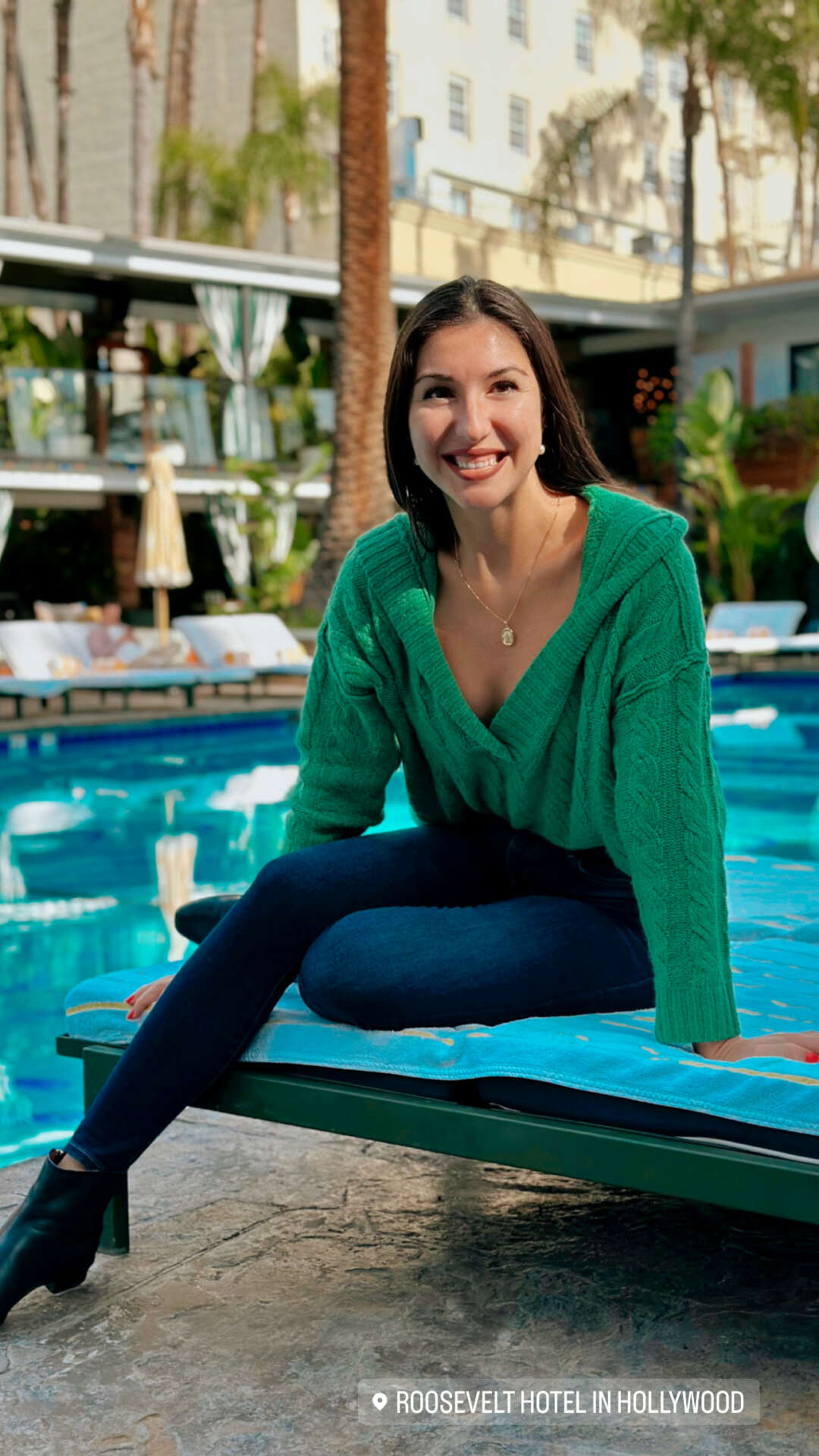Alright – so today we’ve got the honor of introducing you to Jelena ‘Jemi’ Miladinovic. We think you’ll enjoy our conversation, we’ve shared it below.
Jelena ‘Jemi’, thanks for joining us, excited to have you contributing your stories and insights. What do you think matters most in terms of achieving success?
For me personally, I think to be successful it takes dedication, confidence and focus on the work; but also enjoying and having fun with everything. Most of the work I did, I didn’t feel like doing an actual work, but just simply living life. This especially relates to the period of time when I was an athlete and when I used to go to rowing practices 10 times a week. Rowing was part of my life and I always strived to be better, faster and have fun with it. It also allowed me to meet people from all over the world through international competitions and through the USC rowing team full of girls from many countries. Sport prepared me for the future, it thought me discipline, staying focused on ‘my line’ and not comparing myself to others. In rowing, if you look where your opponent is, you are most likely loose the focus and that way sabotage your own performance.
Even though now modeling is my hobby, every time I do it, I put my focus and excitement into it. Modeling and keeping a healthy lifestyle helps me staying motivated to workout almost every day after the athletic career.


Jelena ‘Jemi’, love having you share your insights with us. Before we ask you more questions, maybe you can take a moment to introduce yourself to our readers who might have missed our earlier conversations?
I started my work life after finishing career as an athlete. I came to the US through sport. I did rowing and I was a part of Serbian national team. I got a full scholarship at University of Southern California (USC) and then I also became a part of USC rowing team that in 2013 won 4th place at NCAA which is still the best place USC holds in the rowing history books.
Since my major was psychology, I was drawn to be involved in the organization that rescues human trafficked children ages 11-17. I organized rescues over the phone and was also in the safe house where the victims would be transported. Some of the human trafficking cases were also cases for the police and the ones that were in process of solving by the FBI.
Since the safe house closed, I decided to change my professional path and go to private aviation. I’m on the software side and teaching pilots of private jets and people that are organizing private jet trips how to use this software. This software is used by many companies, smaller and the major ones and also the individuals who own their own airplanes.
As a hobby, I do modeling. I like to workout even tho I left my athlete career in the past. I feel its a fun activity to do from time to time, especially trying new clothing styles.
Can you share a story from your journey that illustrates your resilience?
Basically the beginning of finding new paths after finishing my athletic journey was a story by itself. After having stipend and scholarship and set schedule, I had to find jobs, potential careers and start from the scratch. All of my family is in Serbia, thus I had to rely on myself and on my own decisions for the future. My parents don’t speak English and my mom was in US just for the visit, but they support me in anything I decide to do. When I was choosing to go into saving human trafficked children and after to go into private aviation, I had certain excitement from the beginning where I couldn’t wait to learn more and put my work into these fields.


What’s a lesson you had to unlearn and what’s the backstory?
I had to unlearn to overthink. This was a process, however, I still sometimes do it. The period of time when I fully controlled overthinking was when I was doing the rescues of human trafficked victims over the phone. I didn’t have ‘time’ to overthink, I just had to know how to make right decision, and step by step by asking questions, guide the victim from the unsafe to the safe place. In that process, I had to multitask, for example while talking to the victim on the phone and making sure he/she knows I’m with him/her; I’m at the same time on the computer looking for the nearest hospital or ER where I would temporarily transport the victim. The hospitals and ERs are the safest temporary places because there are cameras, people and the victim could get the necessities. After the hospital or the ER, the victim is transported to our safe house. To not overthink and keep everything simple, is easier in the risky situations, so when there are no risky situations, I’m remembering the same mentality and keep myself focused.
I would say I’m still sometimes re-learning not to overthink and that way save my time and energy for other activities.
Contact Info:
- Instagram: @jemzzi
- Facebook: https://www.facebook.com/jelena.miladinovic.100?mibextid=LQQJ4d
- Other: Instagram link: https://www.instagram.com/jemzzi/?hl=en
Image Credits
Raeshib Aggerwhil Zlp Photography Kinga Mikolayczik Jasmine Tosky


